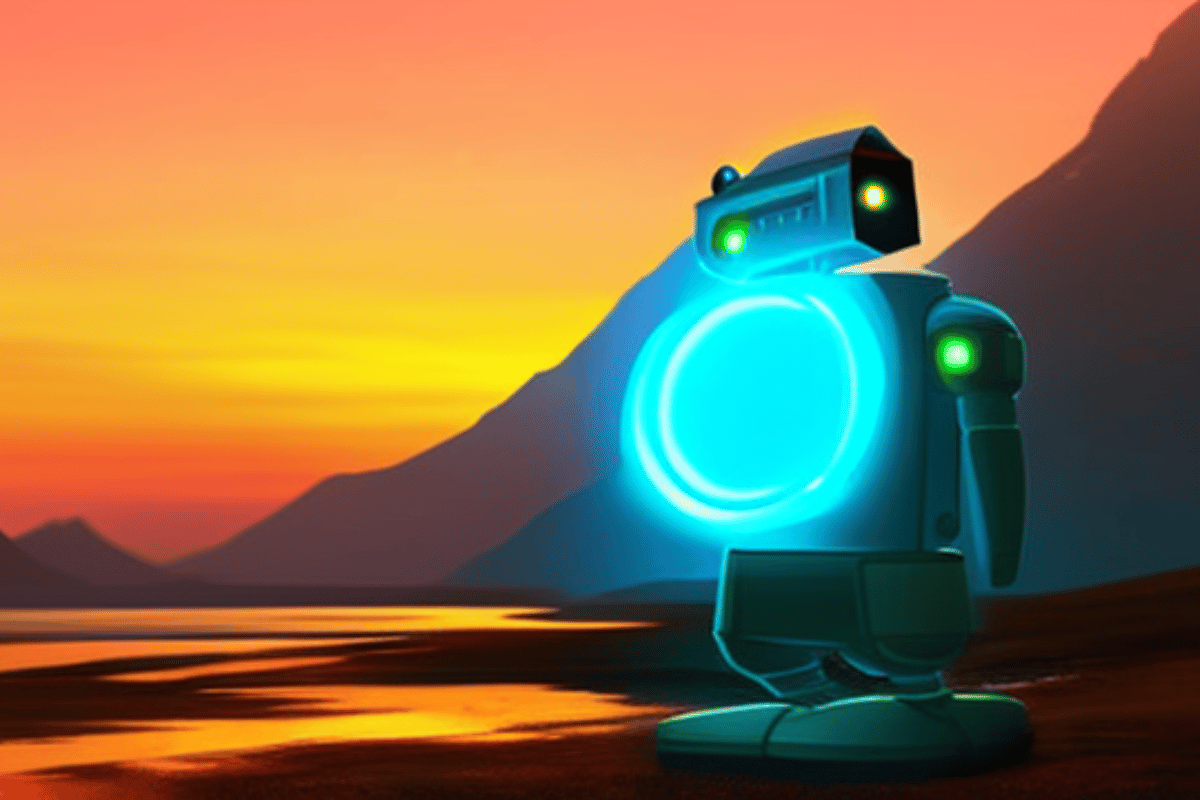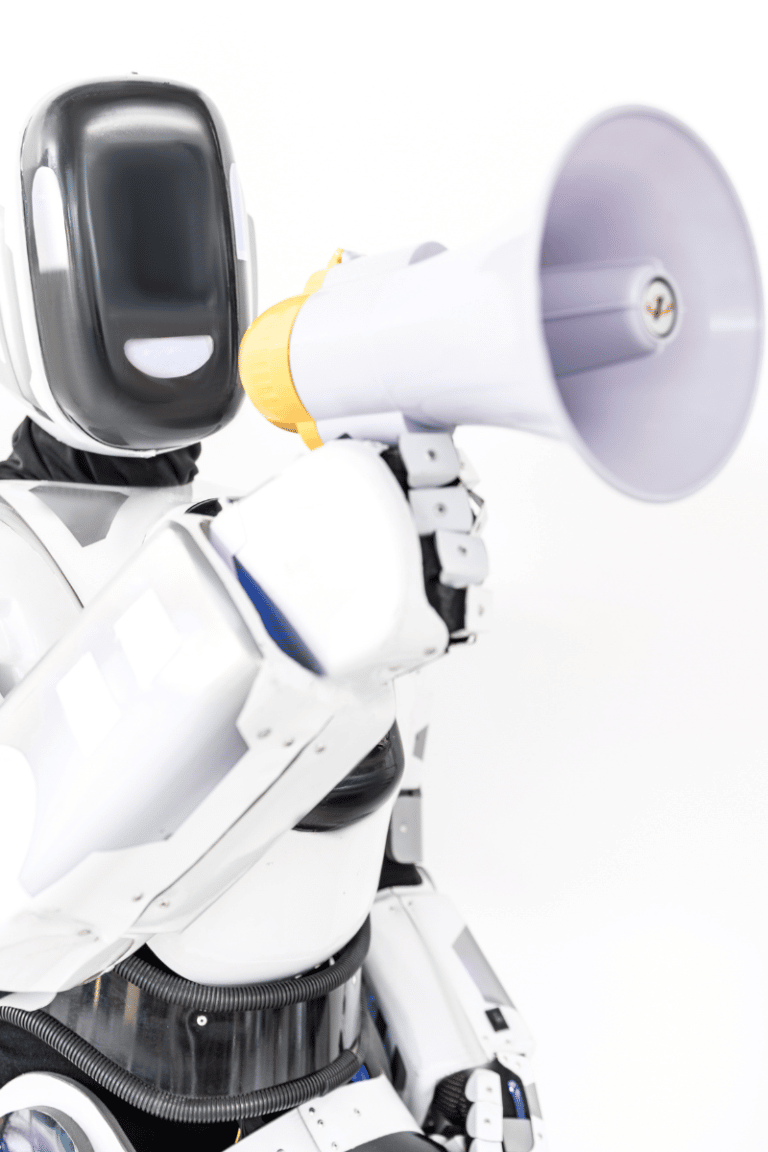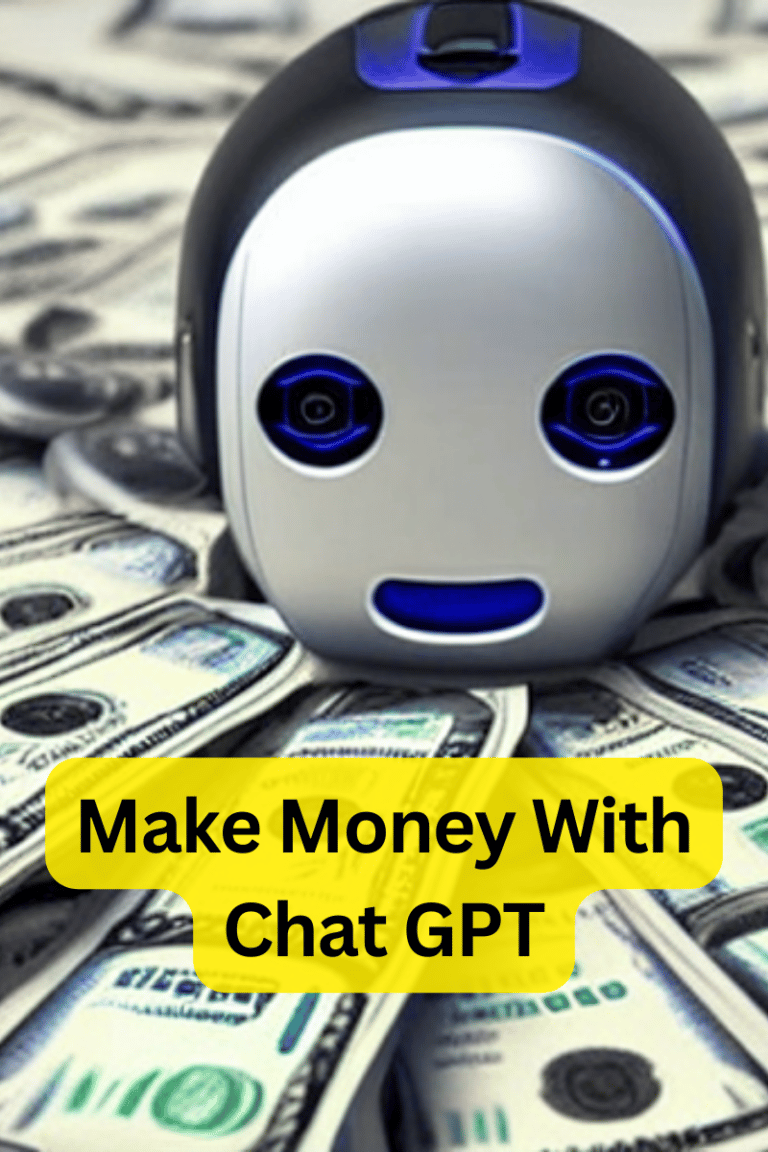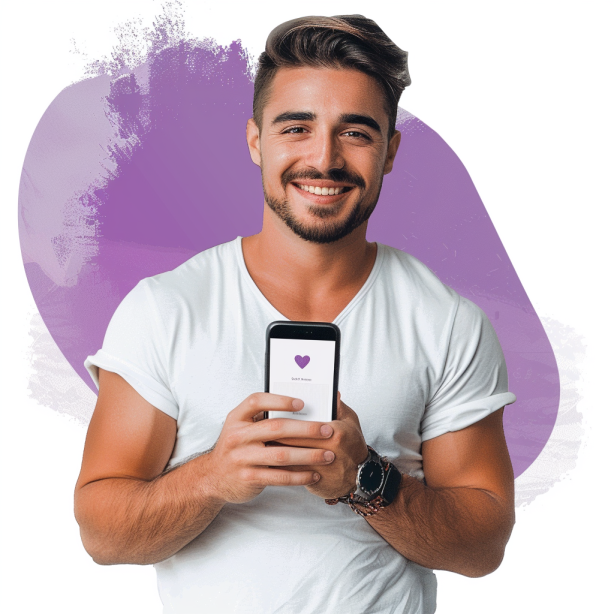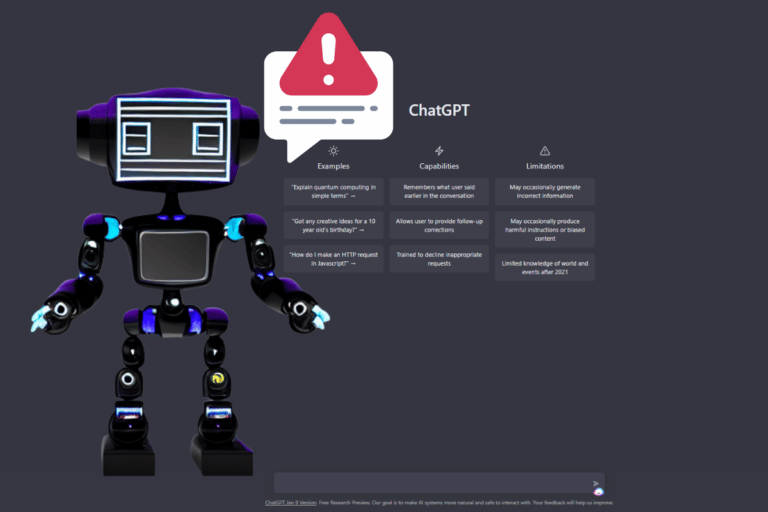Chat GPT vs. Other Chatbots: What Sets it Apart?
Published on February 16, 2023 – Last Updated on April 30, 2024
Chatbots have been around for several years, but it’s only in the last few years that their capabilities have significantly improved. With the advancements in artificial intelligence (AI), natural language processing (NLP), and machine learning (ML), chatbots have become more sophisticated, intuitive, and human-like. There are various chatbots in the market, but Chat GPT has been making waves in recent years. This article will explore Chat GPT and what sets it apart from other chatbots in the market.
What is Chat GPT?
Chat GPT stands for “Conversational Generative Pre-trained Transformer,” and it’s an AI-powered chatbot that uses deep learning to engage in human-like conversations. It was created by OpenAI, a research lab dedicated to advancing AI technology safely and beneficially. Chat GPT uses a massive pre-trained language model that can generate responses to text-based inputs. It’s a machine learning model that can learn from vast amounts of data to develop a natural language understanding and generate appropriate responses.
Chat GPT’s architecture is based on the transformer model, which uses self-attention mechanisms to process input data. The model can understand the context of a conversation and provide appropriate responses that match the tone and sentiment of the input.
Check out additional resources: how to use chatgpt on mobile and best chat gpt app.
Download the iOS Chat app: chat ai ios
Download the Android Chat app: chat ai android
How is Chat GPT being used?
Chat GPT has various use cases in various industries, including customer service, e-commerce, healthcare, and education. Chat GPT provides quick and accurate responses to customer queries in customer service, reducing the need for human intervention. In e-commerce, it’s used to recommend products to customers based on their preferences and purchase history. In healthcare, Chat GPT is used to provide information to patients and assist them in booking appointments. Finally, in education, it’s used to provide personalized learning experiences and answer student queries.
What are the limitations of Chat GPT?
While Chat GPT has several advantages over other chatbots, it also has its limitations. One of the limitations is that it may generate inappropriate responses that may only be suitable for some audiences. Another area for improvement is that it requires vast amounts of data to train the model, which can be expensive and time-consuming. ChatGPT may not be suitable for tasks requiring domain-specific knowledge, as the model may have yet to learn from data in that particular domain. Therefore, it’s essential to consider these limitations when deciding to implement Chat GPT for a specific use case.
How is Chat GPT different from other chatbots?
Chat GPT is one of many chatbots in the market. There are various other chatbots like rule-based, retrieval-based, and generative chatbots. Rule-based chatbots follow a set of pre-defined rules to answer specific questions, while retrieval-based chatbots use pre-defined responses to match the input. On the other hand, generative chatbots generate responses based on the input given. However, Chat GPT differs from these chatbots in the following ways:
1. Better natural language understanding
Chat GPT has a better natural language understanding (NLU) than other chatbots. As a result, it can understand the context of a conversation and generate appropriate responses that match the tone and sentiment of the input. This is because Chat GPT uses deep learning to understand the nuances of language and can process complex sentence structures. Other chatbots, like rule-based chatbots, may not be able to process complex sentence structures and may not provide the appropriate response. Read more: Rizz GPT & Rizz App.
2. Can handle open-ended conversations
Chat GPT can handle open-ended conversations and can generate responses that keep the conversation going. However, other chatbots, like retrieval-based chatbots, may be unable to handle open-ended conversations and provide pre-defined answers that may not match the input.
3. More human-like responses
Chat GPT can generate more human-like responses that match the tone and sentiment of the input. This is because it uses a massive pre-trained language model that has learned from vast amounts of data. Other chatbots, like rule-based chatbots, may provide unnatural responses and may not match the tone and sentiment of the input.
4. Adaptable to new tasks and domains
Chat GPT is adaptable to new tasks and domains, which means it can learn from new data and improve its performance. Other chatbots, like rule-based chatbots, may not be able to adapt to new tasks and domains and may require significant manual effort to update.
5. Supports multi-turn conversations
Chat GPT can support multi-turn discussions, which means it can keep track of the context of the conversation and generate appropriate responses. Other chatbots, like rule-based chatbots, may not be able to support multi-turn conversations and may provide generic responses that may not match the context.

